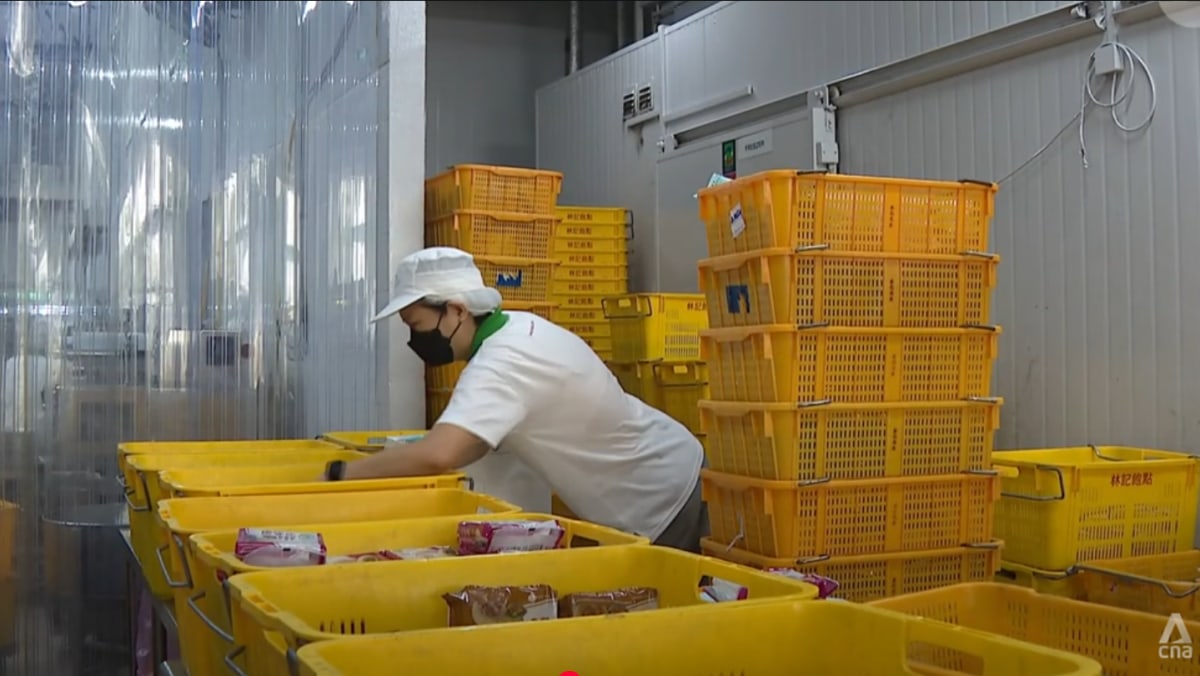Although various uses for post-harvest rice husk waste are being explored, the stuff is still usually either incinerated, dumped in landfills, or at best composted. Soon, however, rice husks may be combined with discarded newspapers to form eco-friendly insulation.
Commonly used insulation materials, such as spun fiberglass and expanded polystyrene foam, are made using not-so-green petroleum-based resins. For this reason, various groups have started looking into more environmentally friendly alternatives. If those alternatives utilize materials that would otherwise just be dumped, so much the better.
Led by Dr. Nacarí Marín Calvo, a team of scientists at the Universidad Tecnológica de Panamá (Technological University of Panama) recently turned their attention to the rice husks which are produced in large quantities in rural Panama. As is the case in most other countries, plenty of old newspapers are also readily available for recycling.
To make the insulation, the researchers started out by shredding the husks and the newspapers, then extracting cellulose from the latter. The husks and cellulose were subsequently mixed with glue (as a binder) and borax (for fire and fungi resistance) in three different ratios.
All three ratios were found to deliver k-values (the ability to conduct heat), tensile strengths (the ability to stretch without breaking) and compressive strengths (the ability to withstand being pushed together) in line with those of other natural and recycled insulation materials.
Universidad Tecnológica de Panamá, Grupo de Investigación: Iniciativa de Integración de Tecnologías para el Desarrollo de Soluciones Ingenieriles (I2TEDSI)
Further research will focus on evaluating the rate at which the insulation degrades under various conditions, and how well it actually keeps heat from escaping from homes. The scientists will also explore its use in other applications, such as construction panels and sustainable packaging.
A paper on the research was recently published in the journal Frontiers in Built Environment.
Source: Frontiers Science News







